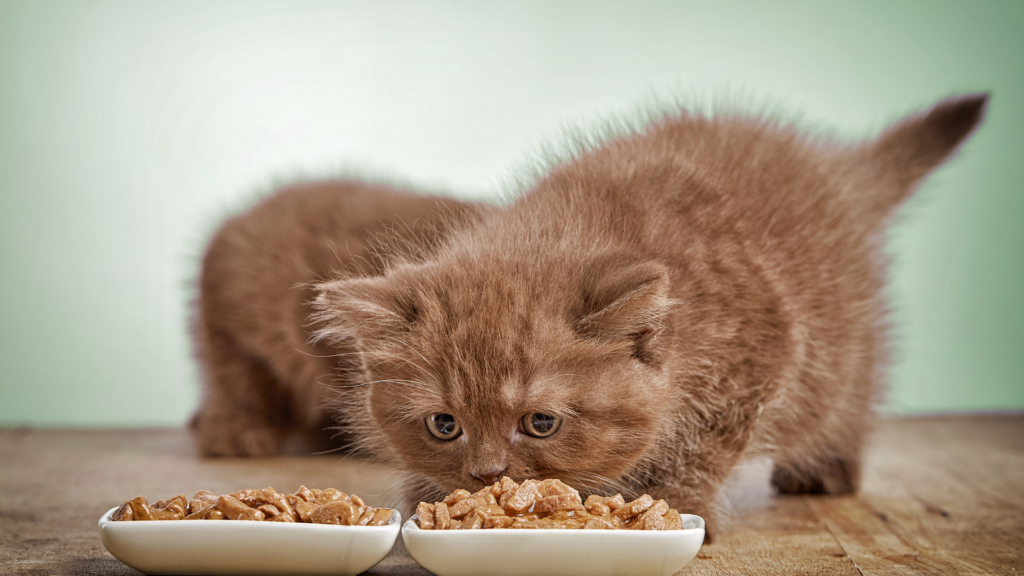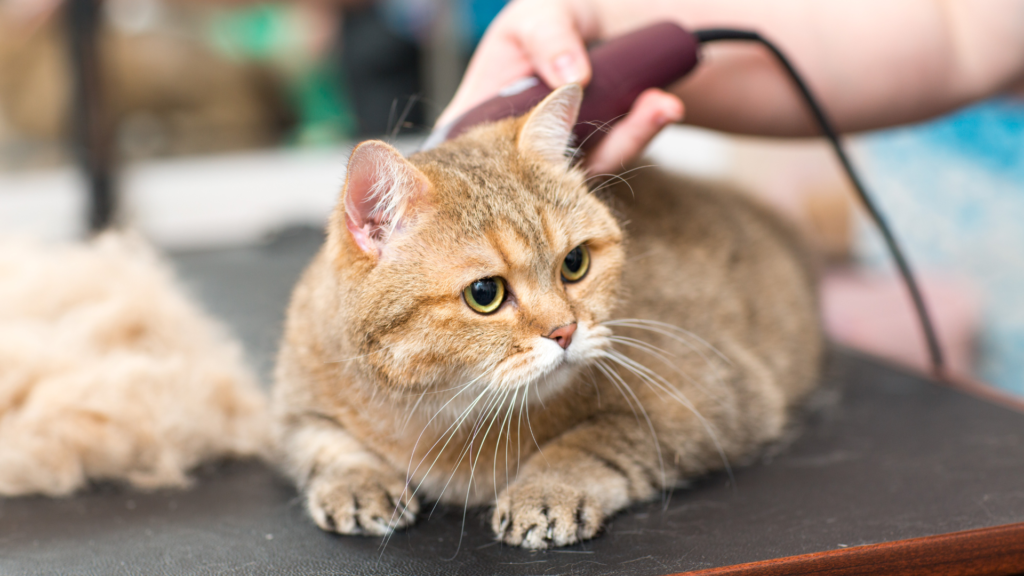Welcoming a new feline companion is always a joyous event, and if you’re considering adding one of these uniquely charming pets to your home, you’re about to experience a delightful journey. This article provides expert advice on grooming and feeding your new companion, ensuring that healthy habits are established from the start. Whether you’re exploring options for a white scottish fold kitten, searching for a scottish fold kitten for adoption, or simply interested in the breed, you’ll find plenty of useful tips below.
This breed is celebrated for its distinctive ears and gentle temperament. Their unusual appearance is due to a natural genetic trait that gives them a captivating look, and while it makes them stand out, it also calls for special care. For instance, their ears require gentle handling during grooming to keep them healthy and free from infections.
These pets are typically active and sociable, thriving on interaction and stimulation. Their playful nature makes them excellent companions, but it also means that they benefit from an environment filled with safe toys, climbing structures, and quiet resting spots. Tailoring your approach to suit your pet’s personality and energy level is key to ensuring a smooth transition into your home.
Essential Feeding Habits for a Healthy Pet
Nutrition is the cornerstone of your pet’s overall health. A balanced diet supports physical growth, brain development, and a strong immune system. When planning meals, select a high-quality food specifically formulated for young cats. Look for ingredients that provide a mix of proteins, healthy fats, vitamins, and minerals essential during their rapid growth phase.
Regular feeding times help establish a calm and predictable routine. Introducing new foods gradually is also crucial to avoid digestive issues. Whether you’re considering a scottish fold kitten or evaluating options for a white scottish fold kitten, a consistent and nutritious diet can set the stage for a vibrant and energetic pet.
Nourishing Diet for Optimal Growth
A well-rounded meal plan should incorporate proteins from quality sources, beneficial fats, and a variety of vitamins and minerals. Here are some key aspects to consider:
- High-Quality Protein: Prioritize ingredients such as chicken, turkey, or fish that supply essential amino acids.
- Balanced Fats: Healthy fatty acids support brain development and maintain a shiny coat.
- Vitamins and Minerals: A variety of micronutrients bolster the immune system.
- Hydration: Fresh water should always be available.
For personalized advice on feeding, consult your veterinarian. They can help tailor a diet plan that meets your pet’s individual needs, ensuring optimal health and growth.

The Importance of Scottish Fold Kitten Grooming: Techniques and Tools
Grooming goes beyond aesthetics; it is vital for your pet’s overall well-being. Regular grooming sessions help prevent matting, reduce shedding, and allow you to monitor your companion’s skin for signs of irritation. Special attention is needed for their unique ears and dense coat.
Establishing a routine early on can reduce stress and help your pet feel secure during grooming sessions. Here is a simple, step-by-step guide to create a stress-free experience:
- Begin with Calm Interaction: Choose a quiet moment when your pet is relaxed. Allow them to get used to your gentle touch by softly petting and speaking in a reassuring tone.
- Select the Right Tools: Use a soft-bristled brush and a gentle comb appropriate for their coat. Specialized tools can help manage their distinct fur texture.
- Clean the Ears with Care: Due to their ear structure, extra caution is needed. Use a vet-approved ear cleaner and a soft cloth to remove debris without causing discomfort.
- Brush the Coat Thoroughly: Regular brushing removes loose hair and dirt while distributing natural oils for a healthy shine.
- Inspect for Skin Issues: Watch for any unusual signs like redness or lumps that could indicate a health issue.
- Reward and Reassure: After each session, offer praise or a small treat to build positive associations.
This routine not only keeps your pet looking great but also enhances the bond between you, turning grooming into an enjoyable ritual.
Creating a Balanced Routine
Integrating regular grooming and feeding into a daily schedule is key to your pet’s emotional and physical well-being. A structured routine reduces anxiety and builds trust, making it easier for your companion to adapt to their new home. Besides scheduled meals and grooming sessions, consider setting aside time for interactive play. This balance ensures that your pet remains active, engaged, and happy.
When setting up a daily schedule, keep these points in mind:
- Consistent Meal Times: Regular feeding supports healthy digestion.
- Planned Play Sessions: Structured play helps burn energy and promotes mental stimulation.
- Quiet Time: Just as relaxation is essential for humans, downtime is vital for a growing pet.
A stable routine is particularly valuable if you’re exploring the possibility of a scottish fold kitten for adoption, as it reassures your pet that they are in a secure and loving environment.
Building a Nutritious Meal Plan
Developing a meal plan involves more than just choosing a brand—it’s about creating a diet that evolves with your pet’s needs. Start by researching reputable brands that focus on quality ingredients. Look for products with real meat as the primary component, and avoid those laden with fillers or artificial additives.
Consider rotating between different protein sources to prevent food boredom and potential sensitivities. For instance, you might start with a protein-rich wet food for breakfast and follow it up with a carefully measured portion of dry food later in the day. In some cases, supplements recommended by your veterinarian can further support your pet’s health.
Tips for Introducing New Foods
When switching to new food types, gradual transitions are key. Mix a small amount of the new food with the current one, slowly increasing the ratio over several days. This careful approach ensures a smooth adjustment for your pet’s digestive system.
Here are some factors to keep in mind:
- Choose foods specifically designed for young cats.
- Introduce new items gradually over at least one week.
- Monitor for any signs of digestive discomfort.
- Consult your veterinarian if you notice adverse reactions.
- Keep an eye on portion sizes to avoid overeating.
Using these guidelines, you can create a varied and adaptable meal plan that supports your pet’s overall health and development.
Creating a Harmonious Environment Grooming a Scottish Fold Kitten
Beyond feeding and grooming, a calm and engaging home environment is crucial. A stress-free space contributes significantly to both physical health and emotional well-being. Set up a dedicated area that includes a comfortable bed, safe toys, and quiet spots for relaxation. This space can become your pet’s sanctuary—a place where they feel secure and cherished.
Interactive elements like puzzle feeders or climbing structures can stimulate curiosity and provide essential exercise. Regular play sessions not only build physical strength but also deepen the bond between you and your companion.

Monitoring Health and Well-Being
Regular veterinary check-ups are essential to track growth, vaccination schedules, and overall health. During these visits, your veterinarian can provide tailored advice on nutrition, grooming, and any adjustments needed as your pet matures.
It’s important to remain vigilant for any changes in behavior or appearance. Signs such as excessive shedding, changes in appetite, or lethargy may indicate underlying health issues. Early detection and treatment can prevent minor concerns from evolving into serious conditions.
Keeping a detailed record of your pet’s health, including vaccinations and weight changes, is beneficial—especially if you’re considering a scottish fold kitten for adoption in the future. This record ensures that all aspects of their care are well-documented, providing peace of mind and facilitating smoother veterinary consultations.
Also Read: 5 Myths About Hypoallergenic Kittens Debunked
Socialization and Training
Early socialization plays a vital role in raising a well-adjusted pet. Exposing your companion to different people, other animals, and diverse environments builds confidence and minimizes future behavioral challenges. Engaging in regular, gentle training sessions instills positive habits, such as proper litter box use and responsive behavior to your calls.
Using positive reinforcement—such as treats and affectionate praise—during training sessions can be very effective. Remember, training is an ongoing process that evolves with your pet, so patience and consistency are key.
Integrating Health and Happiness
The overall well-being of your companion is directly linked to both their physical health and emotional happiness. A well-fed and regularly groomed pet is likely to be more energetic, sociable, and content. The routines you establish—whether it’s meal planning, grooming, or interactive play—contribute to a balanced life that supports both health and happiness.
A daily routine that blends nutritional care with physical and mental stimulation builds a strong foundation for a healthy pet. Over time, these habits reinforce the bond between you and your companion, making each day more rewarding.
Long-Term Care Considerations
As your pet grows from a playful youngster into a mature feline, their needs will change. The healthy habits you establish now will evolve over time to support a vibrant, active life. Regular veterinary consultations are essential for adjusting dietary plans, updating vaccinations, and addressing any emerging health concerns.
Key long-term care tips include:
- Adapting Diets: Modify portion sizes and nutritional content as your pet matures.
- Continuing Grooming: Even if sessions become less frequent, maintaining a regular brushing routine is important.
- Promoting Activity: Ensure your pet continues to receive ample physical exercise and mental stimulation.
- Preventive Healthcare: Regular check-ups and timely vaccinations are critical for long-term wellness.
By planning ahead and remaining flexible, you help secure a long and happy life for your beloved companion.
Nurturing the Bond Between Scottish Fold Kitten and Owner
The bond between a pet and its owner is built on trust, consistency, and care. Daily interactions—whether feeding, grooming, or play—strengthen this relationship, creating a lasting connection. Every moment spent in care and companionship contributes to a fulfilling pet ownership experience.
Remember, every feline is unique. While the guidelines provided here offer a solid foundation, be prepared to adapt your approach as you learn more about your pet’s individual personality and needs.
Conclusion
Caring for your new companion is an evolving journey that blends nutrition, grooming, and a nurturing environment. The practices discussed here offer a comprehensive approach to ensure that your pet thrives both physically and emotionally. From the early days of playful exploration to the more structured routines of adulthood, every aspect of their care contributes to a vibrant, fulfilling life.
By implementing these strategies, you invest in a future filled with shared moments of joy, trust, and love. Whether you are captivated by the elegance of a scottish fold kitten or looking for a scottish fold kitten for adoption, the key is to create an environment where health and happiness go hand in hand.
As you continue this journey, remember that each small step—be it a nutritious meal, a gentle grooming session, or a playful interaction—builds the foundation for a life of mutual well-being and lasting companionship. Enjoy every moment, and watch as your pet grows into a cherished member of your family.

